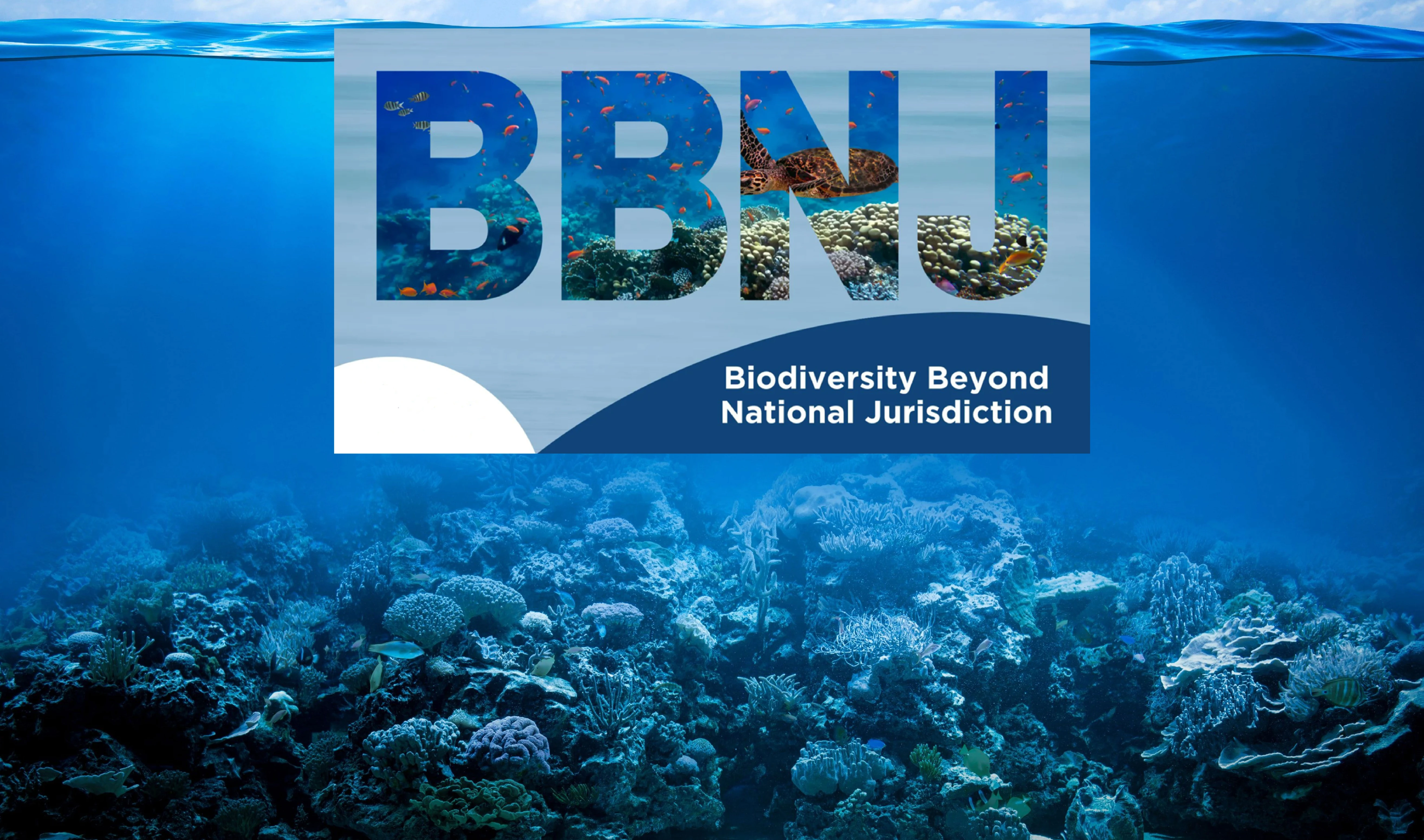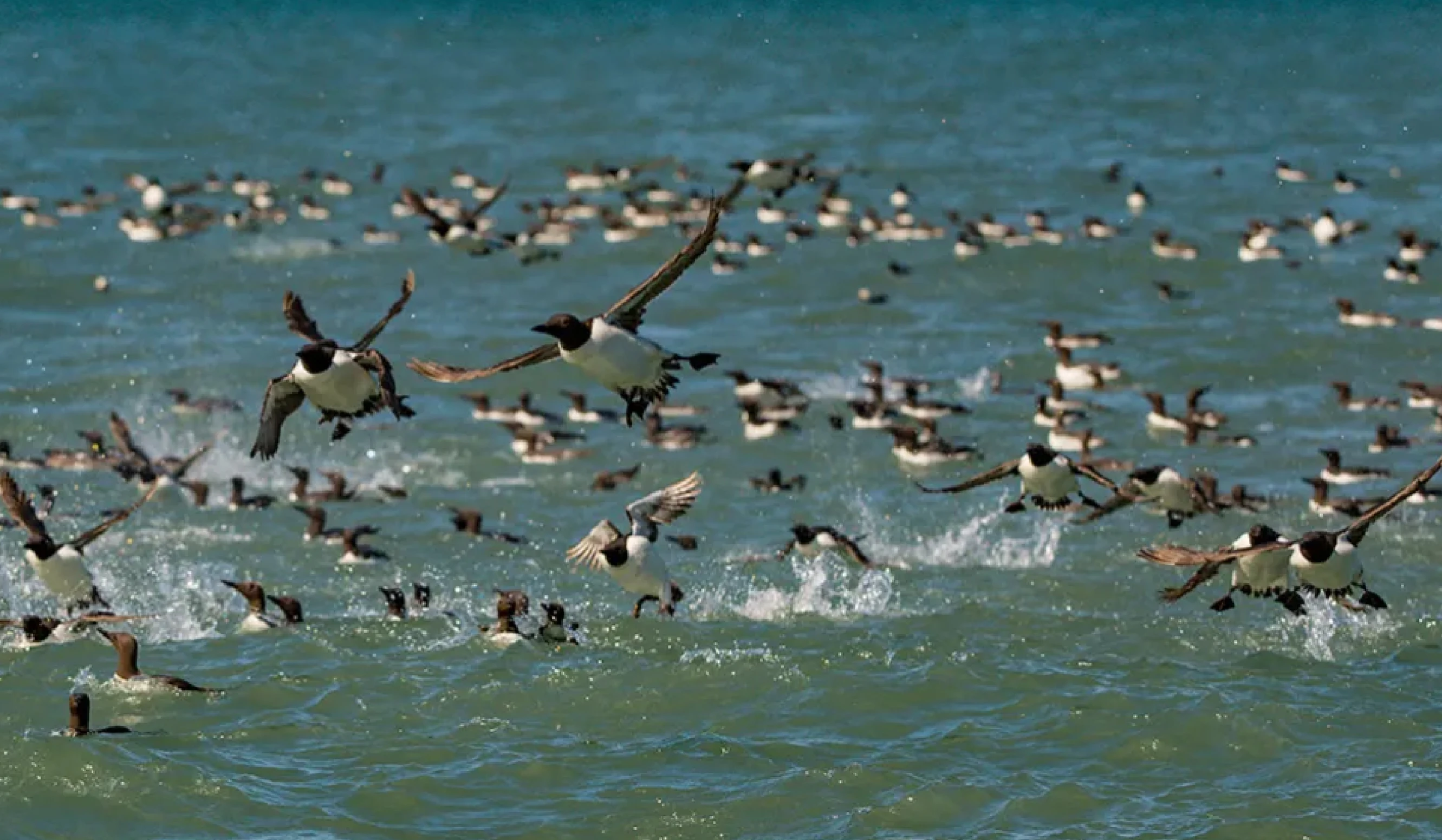United Nations Human Rights Council (UNHRC) has adopted a resolution recognising the critical connection between plastic pollution, ocean protection, and the right to a clean, healthy and sustainable environment for the very first time.
Key Highlights of the Resolution
- The protection of marine ecosystems is part of States’ obligations to protect human rights.
- The degradation of the ocean threatens humanity and exacerbates inequalities and disproportionately affects marginalised populations.
- Despite over 600 agreements, marine ecosystems face pressing threats including climate change, overfishing, extractivism, pollution, and deep-sea mining.
Interlinkages between Human Rights and Ocean Protection
- Right to food: Healthy oceans, through fisheries, provide high-quality protein and micronutrients to millions. E.g., coral reefs support 500 million people with food.
- Right to Livelihood: Nearly 2.4 billion people live within 100 km of coasts, many depending on fisheries, tourism, and ecosystems like mangroves for income.
- Right to healthy environment: Ocean regulates the Earth’s climate, filters air and water, recycles nutrients and mitigates the impact of natural disasters.
- Rights of future generations: Oceans as a carbon sink ensures stable climate for the future generations.
Constitutional and Legal Framework in India
|






